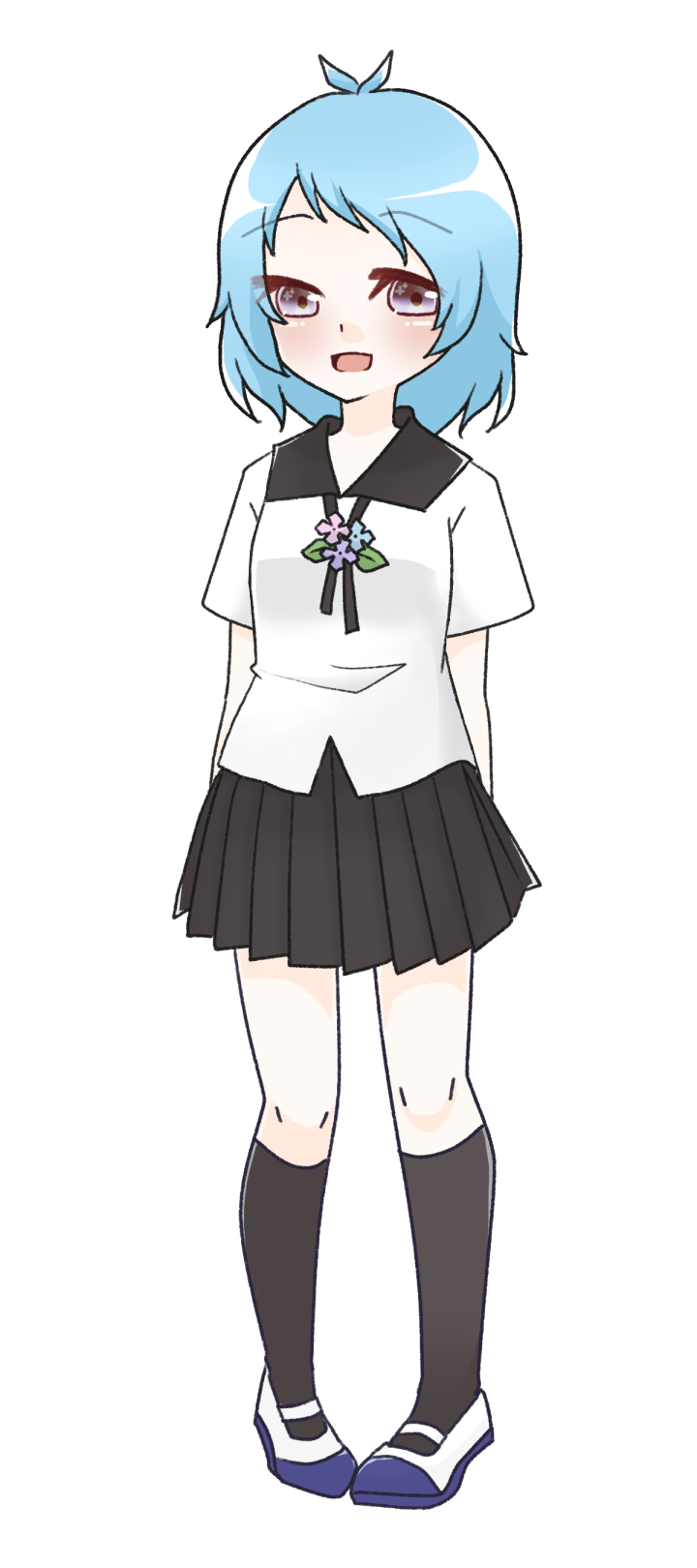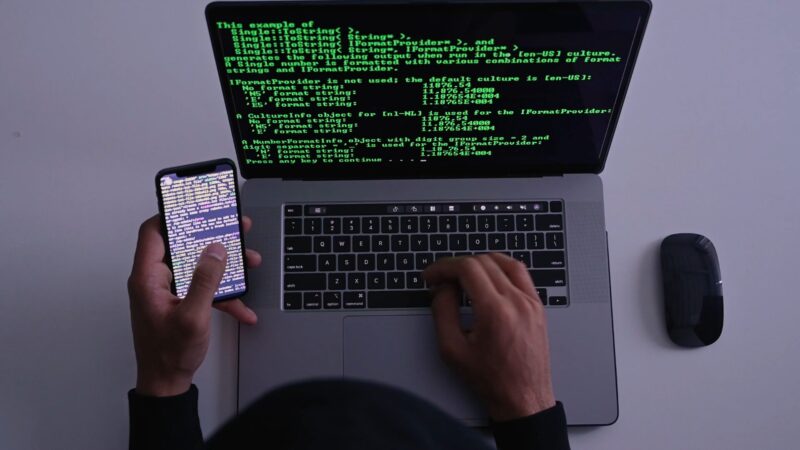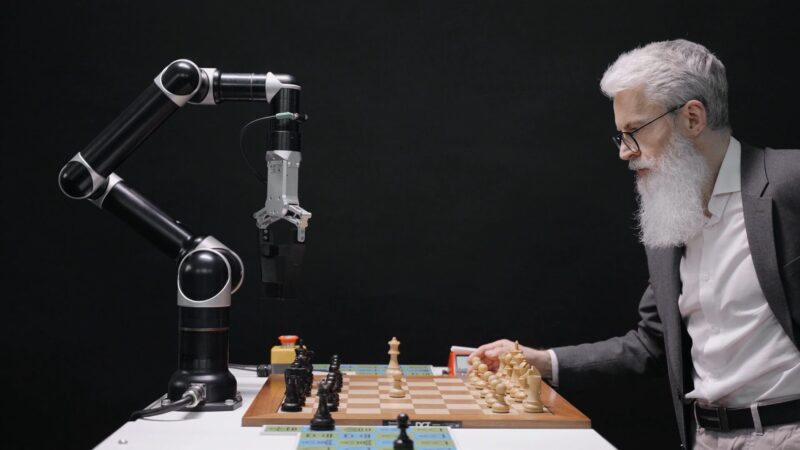What Is Technology acceptance model?

Hello everyone.
Today I would like to talk about a theory called the technology acceptance model.
The technology acceptance model is a theory used to elucidate the reasons and background behind how new technologies and systems are accepted, and by understanding this, we can obtain useful suggestions for product development and marketing strategies.

Hello. I hope that by listening to Yuya’s talk, I will be able to learn more about how the technology acceptance model is applied in practice, not just as an abstract theory.
I heard that you will be teaching from a variety of perspectives today, so I think it will be interesting.
Understanding the Technology Acceptance Model and Its Core Elements


First of all, the technology acceptance model is a framework for explaining how new technologies and systems are actually accepted in everyday life.
This model was originally developed to understand user reactions during the implementation process of information systems and computer technology, but its application has since expanded to various fields.
For example, it can be said that it influences the acceptance process of all technological innovations, from the proliferation of smartphones to online platforms.

I see, the technology acceptance model considers not just the operability of the system, but also how the technology as a whole integrates into daily life.
So what exactly are the core elements of the model?

The technology acceptance model focuses on two main factors: “perceived usefulness" and “perceived ease of use.”
Perceived usefulness refers to the evaluation of the specific benefits that a technology or system brings to the lives and work of individual users.
For example, if you feel that a business application improves work efficiency, you will evaluate it as highly useful.
On the other hand, perceived ease of use is evaluated from the perspective of whether the technology is intuitive to use and the learning cost is perceived to be low.
This reduces resistance to new tools and systems and is an important condition for early acceptance.

In other words, the idea is that acceptance of new technology is promoted by both the extent to which users find the technology useful and how easy it is to use it.
From a user perspective, we can see that convenience and comfort are key.
Historical Context and Evolution of the Model


The technology acceptance model was published in 1989 and has since become highly cited in information systems research.
The reason this model has gained widespread support is because it is simple yet highly reliable based on empirical research.
Based on this theory, many researchers have observed user behavior in actual usage situations and verified the results in various fields, so the technology acceptance model has evolved from a mere theory to a tool that is directly connected to practice.

In other words, this model is used not only academically, but also in corporate settings and product development practice.
The strength of the technology acceptance model is that the theory is supported by empirical data.

That’s right.
For example, when a company introduces a new system, it conducts a survey of employees and customers to measure the extent to which the technology actually contributes to improved operational efficiency and ease of use.
This makes it possible to identify areas that require improvement at the initial stage of implementation and make adjustments based on user reactions.
Practical Applications and Case Studies in Real-World Settings


Could you share a case that illustrates its importance?
It would be interesting to see what kind of effects companies are getting by adopting it in practice.

Of course.
For example, when a company develops a new business application to improve operational efficiency, it first starts an internal trial run.
At this stage, we conduct a survey of employees who will be using the application, asking questions such as “Does this application really make work more efficient?" and “Is it intuitive to operate?” Based on the results, improvement measures are taken.
Through this feedback cycle, optimization is made to meet user needs before formal introduction, ultimately achieving high acceptance rates and satisfaction.

This means that if a company conducts thorough internal verification, it can significantly reduce problems after implementation and user dissatisfaction.
This process also serves as a guideline for adding new features and forms the basis for continuous improvement.

That’s exactly right. Moreover, the technology acceptance model is also heavily utilized in consumer services.
For example, an online shopping site collects user feedback to improve site navigation and the purchasing process, analyzing which areas are cumbersome and which areas could be more intuitive.
These improvements directly lead to improved user convenience, resulting in higher purchase rates and repeat visits.
Technology Acceptance Model and Its Role in Marketing Strategies


What I would like to focus on here is how the technology acceptance model is also applied in the field of marketing.
When introducing a new product or service to the market, it is extremely important for marketing departments to predict consumer reactions, and the technology acceptance model also plays the role of theoretically supporting that prediction.

That’s right.
In the world of marketing, the key points are what value consumers find in a new product and how that product can improve their lives and work.
In the technology acceptance model, "perceived usefulness" and “perceived ease of use” are considered very important as product appeal points.
When promoting a new product, instead of simply listing specs, emphasizing how it will enrich consumers’ lives and how intuitive it is to operate will lead to strategies that increase consumer trust and purchase intent.

For example, when a new smartphone model is released, we see advertisements that focus on the latest technology, ease of use, and convenience in daily life.
From the perspective of the technology acceptance model, such an approach makes a lot of sense.

That’s right.
In marketing research, the framework of the technology acceptance model is increasingly being used to analyze in detail what features and features appeal to target audiences, and what points make them hesitant to use them.
This can lead to product improvements and optimization of advertising campaigns, which in turn can greatly improve competitiveness in the market.
Exploring Consumer Psychology Through the Lens of the Model


The technology acceptance model is thought to be deeply involved not only in system evaluation but also in consumer psychology.
For example, how are psychological aspects such as the anxiety and anticipation felt by consumers experiencing new technology for the first time handled?

That’s a very interesting point.
The technology acceptance model theoretically captures the psychological factors of consumers’ preconceptions and resistance, as well as their sense of security regarding ease of use.
When many people encounter new technology for the first time, they tend to feel anxious about the unknown.
However, if the technology can be operated intuitively and its usefulness is clearly communicated, those concerns will naturally be alleviated and the desire to use it will increase.
This theory is closely related to psychology and behavioral economics, and is positioned as one approach to understanding consumer psychology.

In other words, when companies formulate marketing strategies, it is extremely important to understand in advance the concerns and questions that consumers have, and to create an environment where they can use the service with peace of mind.
This can also be said to be one of the values shown by the technology acceptance model.
Looking to the Future: Adaptability and Strategic Insights for Enterprises


Additionally, the technology acceptance model has the advantage of being able to respond flexibly to future technological innovations and changes in the market environment.
For example, in the rapidly evolving fields of artificial intelligence and IoT, by utilizing this model framework, it is possible to predict in advance what value users will perceive and how they will use it.
This increases the likelihood that companies can improve their products and retarget their customers before launching them to market, increasing the chances of achieving even greater user satisfaction.

I see.
As technology advances, there will be situations that cannot be handled using traditional frameworks alone, but the technology acceptance model will continue to function effectively in many industries because of its flexibility.

That’s right.
In fact, in the early stages of implementing advanced technology, it is necessary to quickly understand user reactions and incorporate feedback to make improvements.
The technology acceptance model will continue to be applied in many fields as a powerful tool for companies to respond sensitively to market changes and listen to the voices of consumers.
Conclusion


Through today’s talk, I once again realized that the technology acceptance model is not only a theoretical framework, but also an effective tool for improving products, formulating marketing strategies, and even understanding consumer psychology in practice.
I think knowing how this model is useful in today’s rapid technological innovation will be very helpful for future business strategies.

In today’s commentary, we talked about the technology acceptance model from a variety of perspectives, including its basic concept, historical background, practical examples of its use, and its application to marketing and its impact on consumer psychology.
For companies, developers, and marketers, understanding this model and putting it into practice will be essential to providing products and services that are attractive to users.

I hope that viewers will use this content as a reference and incorporate the perspective of the technology acceptance model into their own projects and marketing strategies.

Thank you very much for watching until the end today.
I look forward to talking about new topics in the next video.

Thank you very much.
Please look forward to next time. Goodbye.
This article uses material from the Wikipedia article “Technology acceptance model“, which is released under the Creative Commons Attribution-Share-Alike License 4.0.
Standing Portrait: Mana Kanaka

